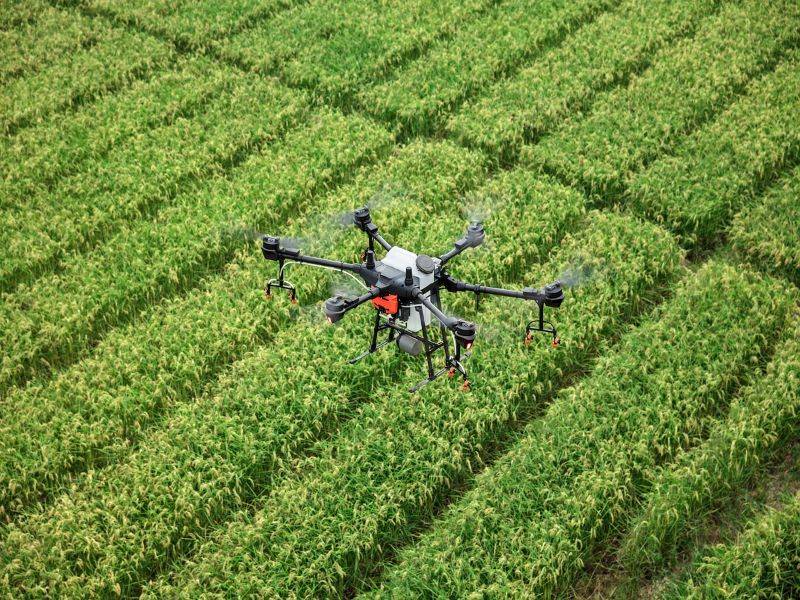
Aerial drones are believed to have a major impact on agricultural activities in the state, as well as around the world. The Centre has issued a policy encouraging the use of drone technology in a variety of industries and has provided incentives to do so.
Drones are increasingly being utilized for precision fertilizer and pesticide applications, as well as disease and plant condition identification. Farmers and many others in other areas have gladly welcomed the use of drones for aerial and underwater activities, according to start-ups, which have helped the spread of the technology with increasing sophistication.
Despite the fact that the Kerala Agricultural University (KAU) and the Department of Agriculture have yet to issue guidelines on the usage of drones, testing has been conducted in various parts of the state.
According to department sources, drones can help in the sensible use of fertilizers, and the technology is frequently used in neighboring states. Drones can also be used to control pests and diseases. The application of new technologies can help the state in achieving food security through increased agricultural production.
Recent experiments and demonstrations have helped farmers accept unmanned aerial vehicle (drone) technology, which might pave the way for solving manpower shortages as well as precision fertilizer and pesticide application in farming. Excessive applications of manual spraying can pollute both the air and aquatic bodies. Drones, on the other hand, can help mitigate these effects.
In Wayanad and Pazhayannoor, the Krishi Vigyan Kendra, Thrissur, recently performed frontline demonstrations on using micronutrients designed by the KAU, particularly for rice. The results are currently being analyzed. The demonstrations were carried out under careful observation and in accordance with protocol. According to authorities, the KAU-developed micronutrient Sampoorna is completely organic and poses no environmental risk.
Drones not only help save time but also money by reducing fertilizer use with precision application. Fertilizer spraying, which takes six to seven hours when done manually, can be completed in 10 to 15 minutes.
For almost a year and a half, Devan Chandrashekharan of Fuselage Innovations, an Agri start-up based in Kochi's Maker Village, has been active in providing drones for agricultural purposes. Drones, he claims, can reduce farm input use by around 70% while increasing yield by roughly 30%.
In Alappuzha, Thrissur, Kottayam, and Idukki, the company has largely supported paddy and tea crops.
It has been working with farmers in these districts for roughly 15,000 acres, including 4,000 acres of Kol paddy fields in Thrissur and 5,600 acres in Alappuzha.
According to Gopala Menon, a farmer from Pazhayannoor in Thrissur, roughly 50 farmers in the Neelichira paddy collective who utilized drones to spray fertilizers on about 50 acres were pleasantly delighted by the results.
"The yields have been really high. While the production used to be around one to two tons of paddy per acre in prior years, the usage of drones increased the yield to 2.75 to three tons per acre."
Drones, according to Sameer P., a farmer in Cherthala, have huge benefits over manual activities such as pesticide spraying. Drones have reduced the amount of water used to roughly 10 liters per acre, compared to about 50 liters per acre when spraying by hand. Furthermore, hand spraying during the last phases damages a large number of paddy plants. The use of aerial vehicles, on the other hand, prevents such damage
He has roughly 170 acres for rice farming, with the Uma and Pokkali types of rice. For the past two years, Sameer has been using drones.
In the meantime, the Agriculture Insurance Company of India (AIC) will use remote sensing technology and drones to analyze crop loss.
According to AIC sources, technology integration in crop insurance will provide accurate and timely loss assessment, resulting in the timely settlement of claims.
















